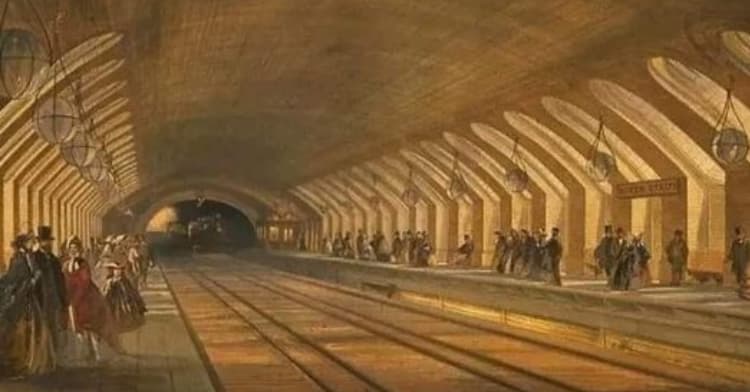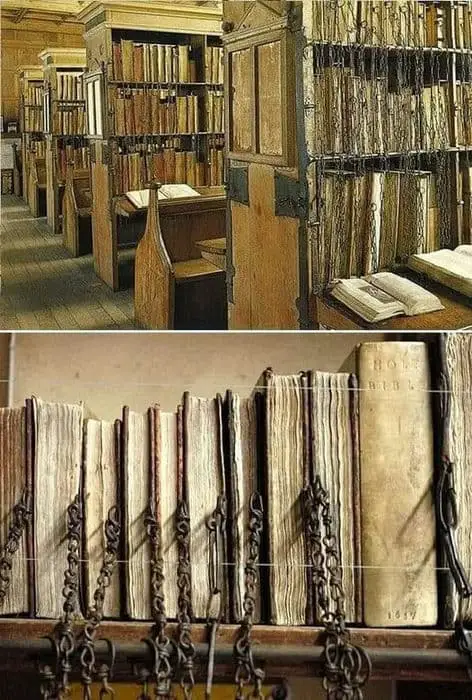
The Chained Library at Hereford Cathedral stands as a remarkable testament to the history of libraries and the preservation of valuable manuscripts during the Middle Ages. With its books still secured by original chains, the library offers a unique glimpse into the security measures employed to safeguard precious texts in centuries past.

Books were indeed rare and valuable commodities during the medieval period, prompting the development of ingenious security systems like chaining to prevent theft. Hereford Cathedral’s library is the largest surviving example of this practice, with all its chains still intact.
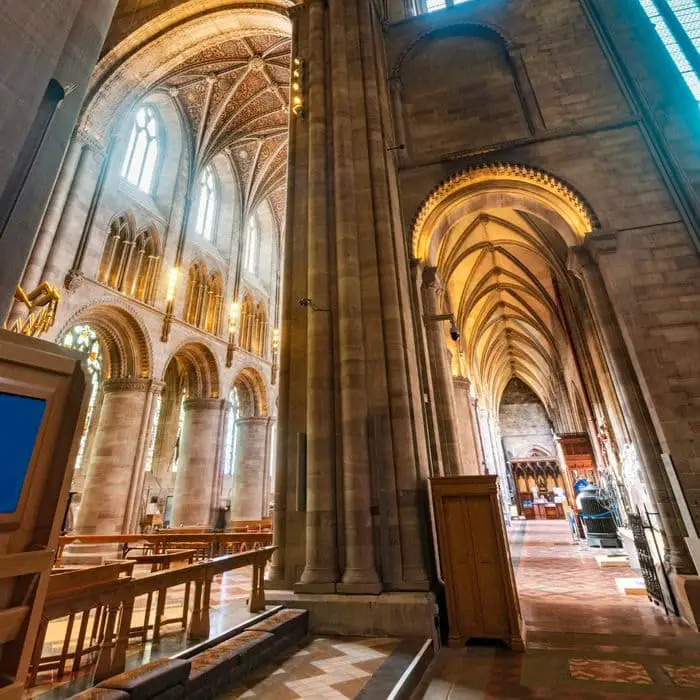
Among the treasures housed within the cathedral’s library is the famous Mappa Mundi, a medieval map of the world created around 1300. This remarkable artifact provides a religious perspective on geography, with Jerusalem placed at the center of the world.
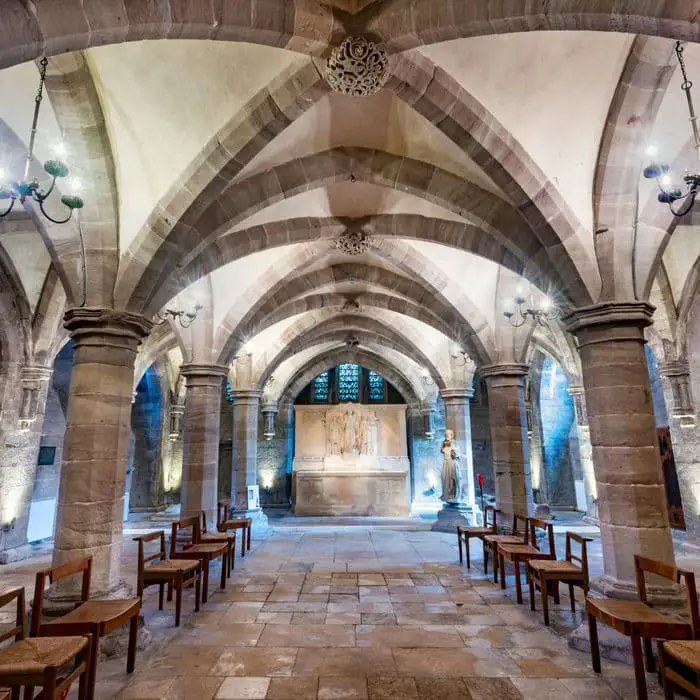
The establishment of the Chained Library in 1611 by Thomas Thornton marked a significant milestone in the preservation of Hereford Cathedral’s collection. The library’s unique design allowed books to be accessible for reading while preventing their removal from the shelves.

The practice of chaining library books gradually declined with the advent of printing and the increased affordability of books. However, the Chained Library remains a symbol of a bygone era when the written word was cherished and safeguarded with great care.
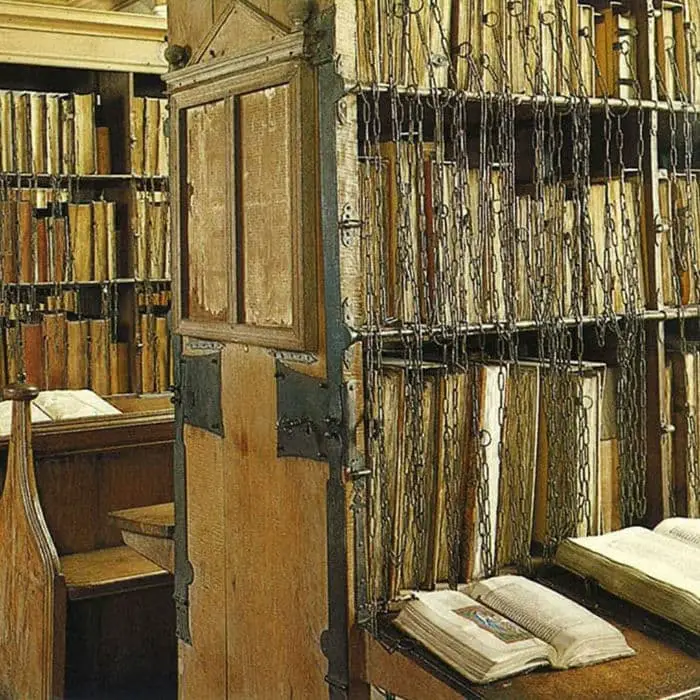

Visitors to Hereford Cathedral have the opportunity to explore the Chained Library and its fascinating collection free of charge. The cathedral continues to serve as a center of worship and a custodian of historical documents and artifacts, welcoming visitors from near and far to experience its rich heritage.

